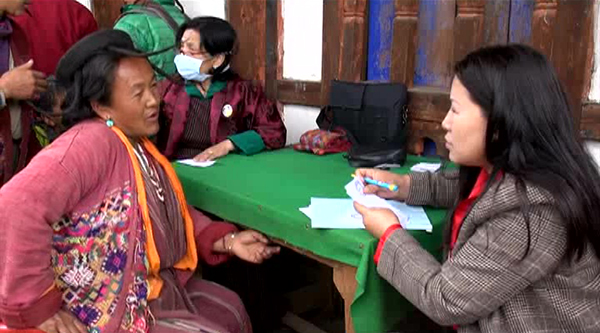 The Pap smear coverage in the rural places still remains low with just about 30 per cent. The reason is: women being hesitant to visit rural health centres, which are mostly run by male health workers.
The Pap smear coverage in the rural places still remains low with just about 30 per cent. The reason is: women being hesitant to visit rural health centres, which are mostly run by male health workers.
This was highlighted during the World Health Day event in Merag Gewog under Trashigang, on April 7.
Today, there are around 52 BHUs without a female health staff. For the women patients’ convenience, the health ministry has plans to send a general nurse midwife each in these BHUs.
“We are going to recruit female general nurse midwives, train them for three months and send them to 52 BHU grade II. In the long run, these health units will be headed by female health assistants,” told Dr. Ugen Dophu, the Heath Secretary to BBS News.
At the event, mass Pap smear screening was conducted by health officials. However, despite knowing the importance to do Pap test, only half of women population in Merag turned up for the test.
Meanwhile, the WHO Representative in Bhutan, Dr. Rui Paulo De Jesus said Bhutan doing health campaign in remote places is very much in line with the Sustainable Development Goals.
“It shows the commitment of the government to ensure that each and every Bhutanese gets health services they need, without causing them financial hardship,” he added.
Contrary to rural places, Pap smear test coverage in urban areas is over 90 per cent.
The post Still low Pap smear test coverage in remote places appeared first on BBS.